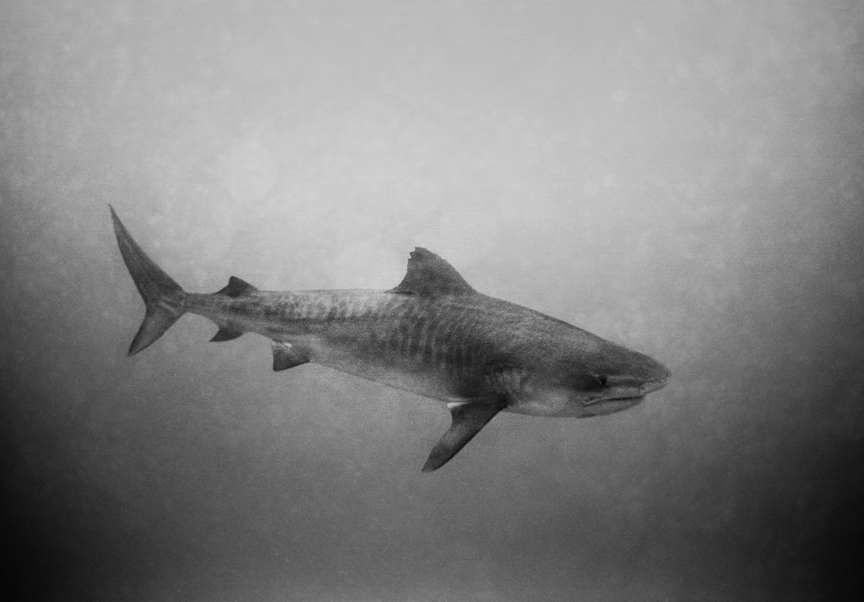From the Community: Atlantic garbage soup, rerouting the Red Sea and misnaming the fruit fly
Scientists develop a project to reroute water into the Dead Sea, male wasp spiders get a second chance at mating if they start with their sisters, 25% of fish in Dublin is mislabeled as completely different species and five species that cheated extinction. Here is the latest news in ecology for the third week in April.
